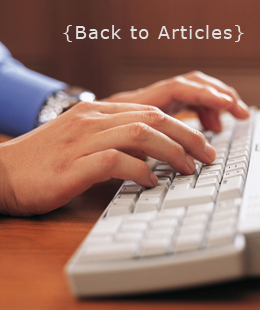 |
||||

Contact Us
|
Continued > Page 5 - Lessons from LA Law Scripting the Opening Statement 1. Don't waste any precious time explaining the purpose of opening or how a trial is conducted. As Shakespeare said, "The play's the thing." The jury wants the chance to hear what happened, why and who is responsible for the problem at issue. 2. Don't use adjectives in describing either your client's injuries or the defendant's liability, e.g., "horrible", "disfiguring", "callous". This causes the jury to switch on a "hyperbole filter" and discount much of what you say. 3. Portions of the opening statement in Washburn exemplify how sometimes less is more. There is power without adjectives: The Kent Fire Department got there fairly quickly. Norm remembers this huge pumper truck right next to him shining a light down on him. It was almost surreal. And the aid car got there very quickly too. . . Norm remembers hearing the radio talk going back and forth. His own radio, which had been strapped to his side, had melted into a pool of plastic. And he remembers them saying, 'It's too foggy for a helicopter so we have to go by ambulance.' . . . Norm was conscious through most of this. He remembers them asking his name, his address, and his telephone number and he was able to give it. And then they put him in the ambulance, and he remembers them giving him morphine. And then he remembers them putting a tube down his throat. And, in his delirium, he thought he was being strangled to death, but then he passed out. He didn't wake up until much later at Harborview Hospital . He was in Intensive Care, and he remembers looking through the glass at Sharon, his wife. He couldn't talk because he had a tube in his throat. He couldn't write because his hands were all bandaged up. . . But what he did was trace out the words "I love you" in the air. 4. Convey in the first 30 seconds both the enormity of the injury and place the blame for it squarely on the defendant. This happens on every episode of "L.A. Law" and is the legal equivalent of taking a hot branding iron and applying it to the defendant's hide - with appropriate dignity and decorum, of course. 5. Use extensive demonstrative evidence during the opening - visual anchor points - that you can weave through the entire trial. Always have a liability flashcard showing a large blow-up of the scene and the key facts that say your client deserves to win. This will indelibly shape the juror's perception of the events of the accident. >>NEXT
|
|||
Disclaimer | Sitemap | Contact Us | 2008 All Rights Reserved | Site Developed by Catherine Flemming | Designed by Suryn Longbotham |
||||